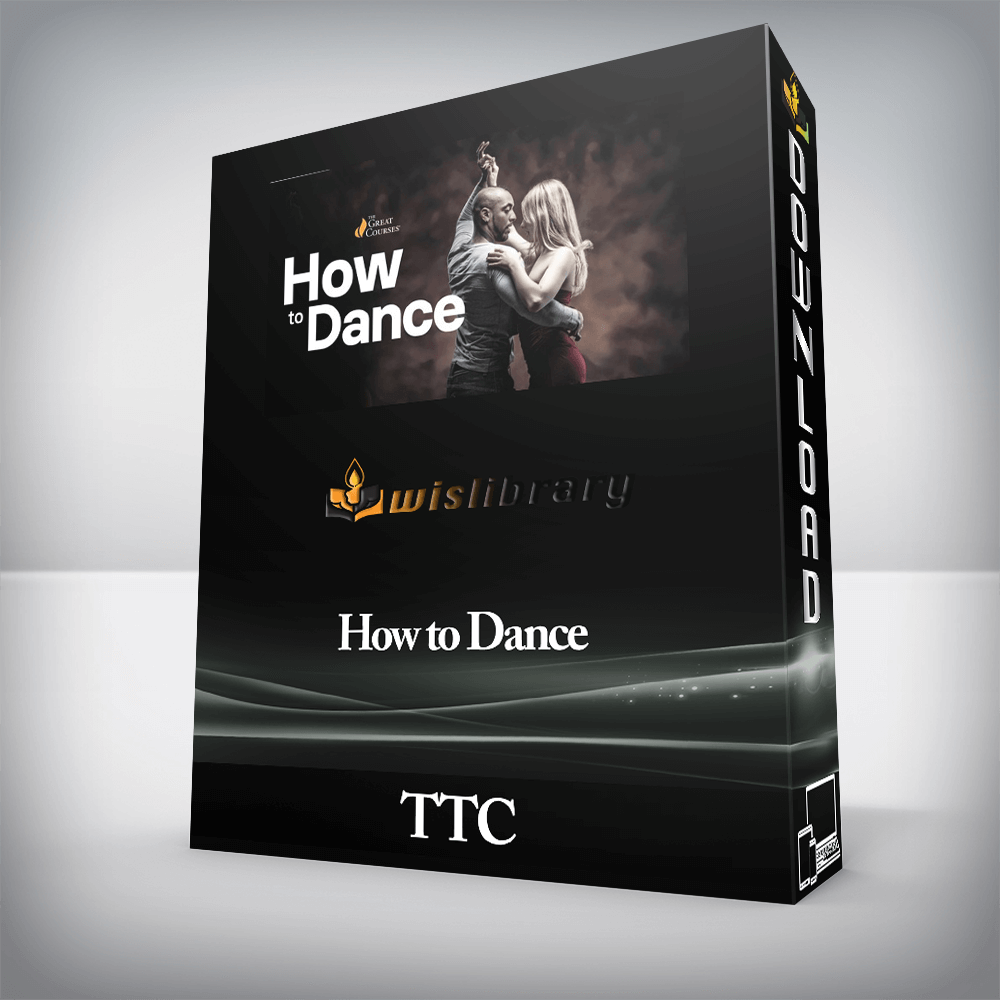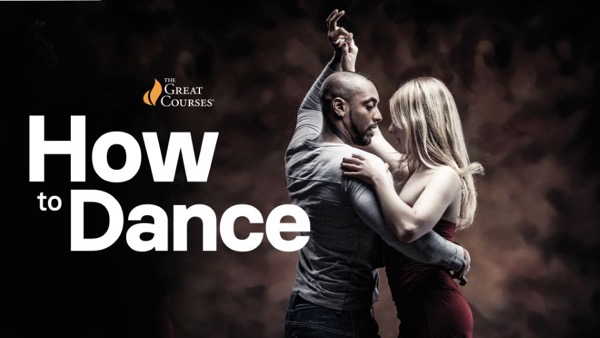

Have you ever watched a performance of talented dancers and wished you could do that? Maybe you imagine those dancers were born with a sense of rhythm and movement you just don’t have. Or maybe you want to get up and move, but you just don’t know how. The truth is, good dancers aren’t born, they’re made. You can learn to be a good dancer and enjoy all the benefits that brings you—fun, friends, good exercise, and more.
In the 25 relaxed, easy-to-follow lessons of How to Dance, you’ll learn the rhythm, solo steps, and partnering techniques of 16 of the most popular social dances so you can have a great time on the dance floor. From the gentle elegance of the waltz to the hot rhythms of the mambo, from the bouncing steps of the polka to the swagger of the tango, you’ll learn it all and have a great time in the process.
Your instructors, professional dancers Rob Glover and Alyssa Lundgren, were beginners once, too, as they point out. They know what it takes to learn the steps and they encourage practice all along the way and invite you to review each lesson as often as you’d like. They teach with an informal clarity and calm demeanor, making each lesson very easy to understand. Most important, it’s clear they’re having fun—and you will, too!
Types of Dance
This course addresses four basic genres of dance—Latin & rhythm, swing, smooth & ballroom, and country. In each of the four modules, you’ll learn the rhythms of that style, how to count and feel the music, steps each person can practice by themselves, and the specific ways in which the leader and follower contribute to the partnering process. You can certainly take the course in the order it’s offered, or you can use the self-contained modules in any order, starting with the type of dance you like best.
In this course, you’ll learn:
The Lessons
Your instructors share everything you need to know, step by step, and are always reassuring. Getting ready to learn the partner steps for the mambo? They will remind you to go over the solo steps as many times as you need in order to feel confident. While tradition has often dictated that male dance partners lead and women follow, this division no longer matters. In fact, your instructors change leader and follower roles when they practice, to help them learn more about partner communication, and to refine their technique.
In this course, you will learn each dance in a specific sequence:
Where Do These Dances Come From?
While the dances you’ll learn in this course might feel like classics, no dance starts out that way. As you learn to dance the various styles presented here, you’ll also learn about their history. People immigrating to the US from all over the world brought their music and dance styles with them, and Americans traveling abroad learned new styles to bring back home. One person showed someone, who showed the next person; a group got together to dance, and if it had the right feel and rhythm for the time, it could catch on and become popular. Sometimes a movie or television show would highlight a dance, and suddenly people were dancing that style all across the country.
In addition, sometimes one person or one ballroom could make a lasting difference in the world of dance. In this course, you’ll learn about the contributions of many individuals and institutions, including:
As you learn about the history, rhythms, and steps of all these exciting dances, you’ll learn one more thing, too: You can dance! Relax, have fun, and let the music and the steps take you where you’ve always wanted to go.
There are no reviews yet.
You must be <a href="https://wislibrary.net/my-account/">logged in</a> to post a review.